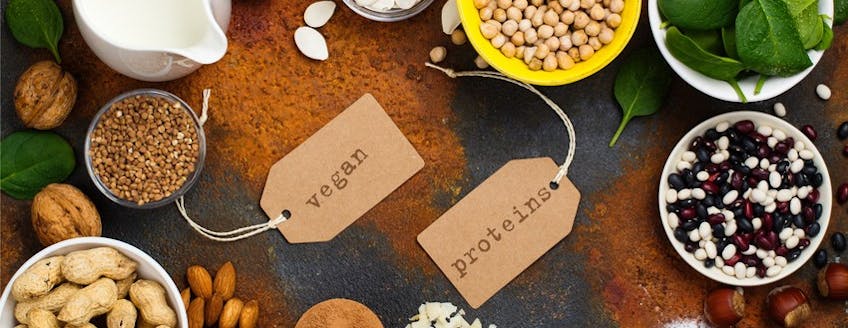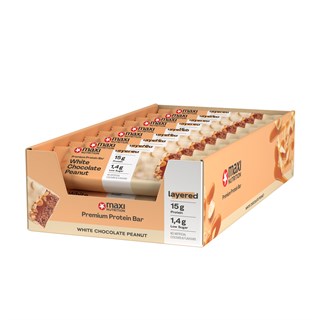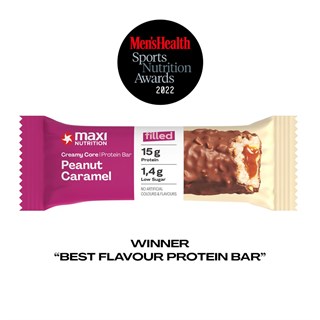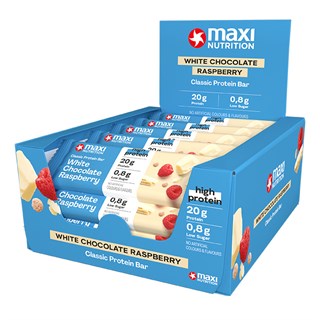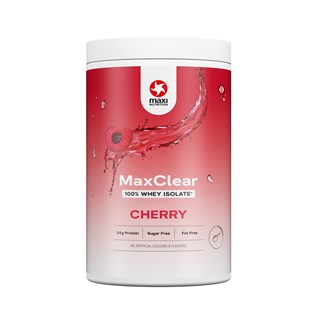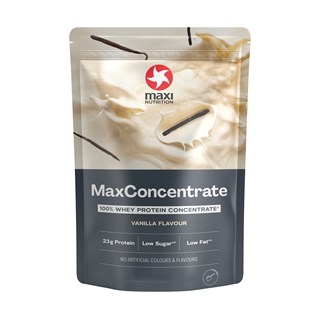Plant Protein
Whether you’re a veggie, vegan or just get the majority of your protein from plant based sources, Maximuscle have pulled together a guide of our top 5 favourite plant based proteins and where to find them.
SOY
Soy protein is the most widely used vegetable protein source and can be found in foods such as tempeh, tofu and edamame beans. Soy is derived from the soybean which is ground down and processed into a powder. Soy is a known as a ‘complete’ source of protein, meaning that it offers all the essential amino acids that must be obtained through the diet. Of importance, soy protein is easily digested and has a Protein Digestibility Corrected Amino Acid Score (PDCAAS) score of 1.0, which is a very good score and is often reserved for animal sources of protein.
Recipe ideas: Tofu can be marinated and used in stir fries| Tempeh is great as a salad topper| Edamame beans and chilli make a great snack
Nutrition: 1 serving of tofu (100 g)/tempeh (100 g) provides around 20 g protein 1 serving of edamame beans (100 g) provides around 11 g protein
HEMP
The hemp plant is extremely versatile and can be refined into many different commercial items such as clothing and biodegradable plastic. It can also be used to produce food products such as hemp milk and tea, and is often used as a vegan source of protein supplements. As such, hemp seeds are notably high in protein and are rich in omega 3 fatty acids. Hemp protein in an ‘incomplete’ protein and has a PDCAA score of 0.5, meaning that the body isn’t able to digest it as well compared to higher scoring proteins such as whey, egg and soy protein.
Recipe ideas: Sprinkle on top of salads| As a base for baked goods| Grain free cereal
Nutrition: 3 Tbsp ground hemp seeds (36 g) provides 11 g protein
PEA
Pea is a grain legume that is often used as a natural alternative to whey protein powders due to its neutral taste. Pea protein is extracted from peas although depending on the process the protein quality can vary. Similarly to hemp, pea protein is an ‘incomplete’ protein and has a relatively low PDCAAS score of 0.5.
Recipe ideas: Pea protein powder can be blended into smoothies or used in baked goods such as banana bread
Nutrition: 1 serving peas (80 g) provides 5 g protein 1 serving protein powder (30 g) provides about 20 g protein
NUTS
There are many variants of nuts including; almonds, brazil nuts, pistachios, walnuts, cashews. Even though they’re calorie heavy, nuts are not only a rich source of protein but also provide minerals and vitamins essential for a healthy balanced diet. PDCAAS scores vary between the type of nuts, cashews for example have a good score of 0.9, meaning it is digested well in the body.
Recipes: Baked goods| Nut butters| Nut roasts
Nutrition: Although protein content will vary depending on the type of nut, 100 g provides around 20 g protein.
QUINOA
Quinoa is categorised as a starchy protein because it contains carbs, fibre and is rich in protein. Quinoa has gained popularity in recent years due to its gluten-free properties and nutty flavour, making it a great alternative to starchy carbohydrates. Quinoa is also a ‘complete’ source of protein offering all the essential amino acids that are required for a healthy balanced diet, and has a good PDCAAS score of slightly less than one.
Recipes: Breakfast quinoa| Casseroles| Salads
Nutrition: 1 serving (185 g) provides 8 g protein





